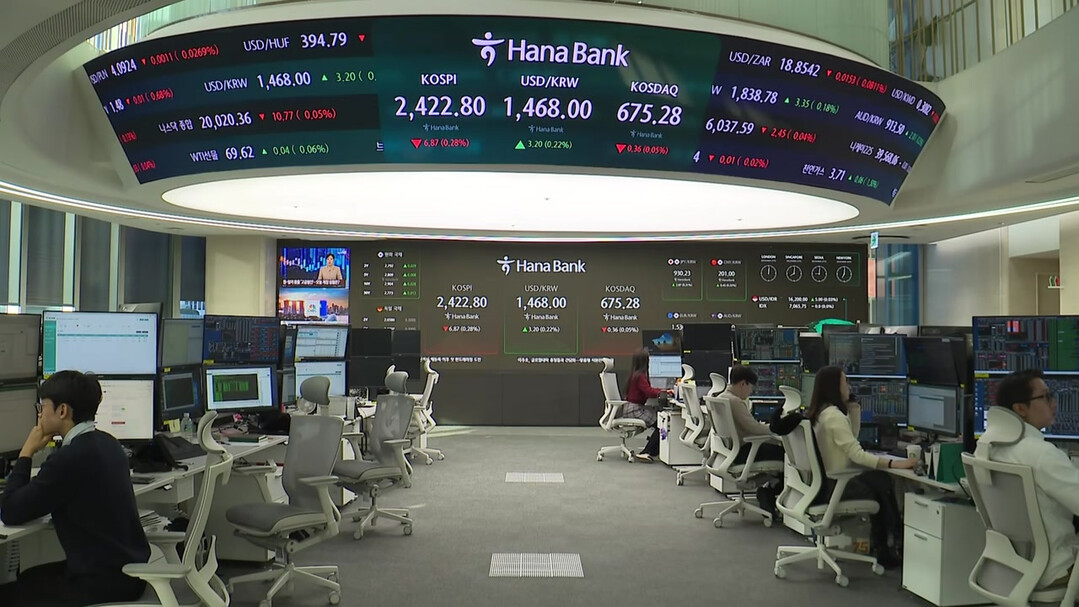
Seoul, South Korea – South Korea's small and medium-sized enterprises (SMEs) are facing a crisis as the won weakens against the US dollar, reaching near 1,500 won per dollar. Unlike larger conglomerates, SMEs are ill-equipped to predict and mitigate the risks associated with exchange rate fluctuations, leaving them vulnerable to significant financial losses.
A recent survey conducted by the Federation of SMEs revealed that nearly half of surveyed export-oriented SMEs do not have dedicated measures in place to manage exchange rate risks. As the Korean won depreciates, businesses that import raw materials, such as those in the manufacturing and cosmetics industries, are bearing the brunt of the increased costs.
"We import 50 billion won worth of goods annually, and the soaring exchange rate has dealt a severe blow to our business," said an official from a manufacturing company. "Our losses have exceeded 10% of our initial projections."
The cosmetics industry, which has seen a surge in global demand for Korean beauty products, is also feeling the strain. The appreciation of the dollar has driven up the cost of imported raw materials like palm oil and glycerin, squeezing profit margins.
A major concern is that SMEs lack the sophisticated tools and strategies employed by larger corporations to hedge against exchange rate risks. While larger companies can utilize financial instruments such as futures and options, SMEs often resort to less effective measures like adjusting prices or cutting costs. This leaves them exposed to the full impact of exchange rate volatility.
Moreover, SMEs that are suppliers to larger corporations or are in the early stages of expanding into export markets face additional challenges. They often find it difficult to pass on increased costs to their customers, hindering their ability to mitigate the impact of rising input prices.
Industry experts warn that the sustained appreciation of the dollar could erode the competitiveness of South Korean SMEs in the long run. As businesses struggle to secure raw materials at affordable prices and maintain production schedules, they may be forced to reduce investments and cut jobs, ultimately leading to a decline in overall economic activity.
A recent study by the Small and Medium Enterprise Research Institute found that exchange rate fluctuations can account for up to 25% of profit variability for manufacturing SMEs. Furthermore, the study revealed that a 1% increase in the won-dollar exchange rate results in a 0.36% increase in foreign exchange losses for these businesses.
"If SMEs continue to cut costs to offset exchange rate losses, they will lose their competitive edge and eventually go out of business," said an industry representative.
The South Korean government is under increasing pressure to provide targeted support to help SMEs weather this challenging period. Policymakers are considering a range of measures, including financial assistance, tax breaks, and enhanced access to foreign exchange hedging products.
[Copyright (c) Global Economic Times. All Rights Reserved.]




























